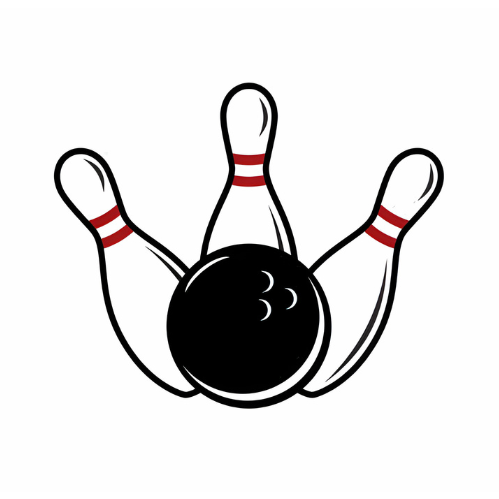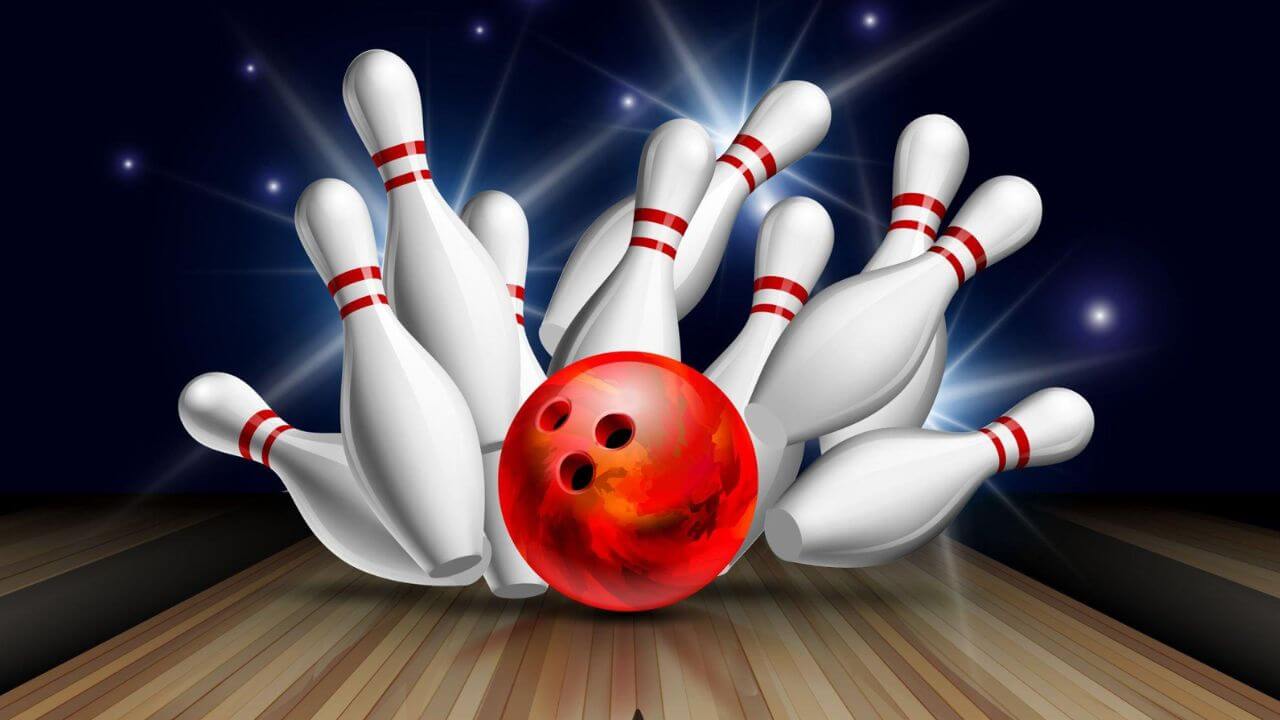If you know the multiple bowling techniques, you must be a pro-level bowler. To drop the pins, the pro-level bowler uses numerous styles, including free swing, better strike, hooking, and deflection. They need to apply the bowling techniques while using the heavyweight bowling ball for making scores. Contrarily, the novice bowler knows only a technique: throwing the ball straightforwardly. Hence, they need a lightweight bowling ball that is highly comfortable and easy to control. Now, bowling ball weight vs speed what should you get? If you’re a pro-level bowler, you should go with the heavyweight bowling ball. The lightweight bowling balls are most suitable for novice or intermediate bowlers. However, some other factors also affect the decision to consider the bowling ball’s speed and weight. Keep going on to learn them!

Ball Weight Vs Speed – Better Bowling Ball
What bowling ball weight gives the hardest hit on the bowling pins? You’ll need to throw the bowling ball at a higher speed to get the hardest hit. And the lightweight ball creates more speed while traveling the lane compared to the heavyweight bowling ball. In other words, the bowling ball’s weight affects its speed. The lightweight bowling balls are easy to carry, though, so you can finally produce fast speed and use all of your force to knock the pins down with a powerful strike. Contrarily the heavyweight bowling ball is preferable to create more hooks instead of high speed. Still, it’s uncertain for the heavyweight ball to hit and drop all the pins at a time. Although the heavyweight bowling ball travels slowly, they deliver almost accurate throwing. That’s why pro-level bowlers prefer to play with heavyweight bowling balls instead of lightweight ones.
What Should be the Average Weight of a Bowling Ball?
The weight of the lightest bowling ball is about 6 pounds, and the heaviest one is about 16 pounds. Almost all men and women can play with the 14-pound ball, so that’s the Average weight for a bowling ball. However, heavier bowling balls provide better impact, carry more power, and increase the chance of hooking. Consequently, the heavyweight ball knocks more pins than the lightweight bowling ball. Nevertheless, if you compare the lightweight and heavyweight balls for their speed, the lightweight bowling ball will make it.
Your bowling ball might be made of several materials that ultimately influence the ball’s weight. Typically, bowling balls are made of reactive resins, urethane, plastic, particles, etc. The bowling ball, including plastic coverstock, makes it lightweight and suitable for novice and intermediate players. Contrarily, the urethane, reactive resin, and particle make the balls heavyweight and preferable for intermediate and advanced bowlers. Most importantly, the reactive resins and particle bowling balls are most suitable for pro-level bowling players.
How Do You Know Your Bowling Ball Is Too Heavy? – Choose the Correct Bowling Weight
Selecting the bowling ball’s accurate weight affects your game performance. The lightweight and heavyweight bowling balls are suitable for making a good hit and ultimately getting good scores. Nevertheless, you must select the weight of the bowling ball considering the following factors.
Age
Getting the bowling ball considering the bowler’s age is crucial for minimizing the injury. There are multiple weighted bowling balls on the market for adults, children, males, and females. Thankfully, the multiple weighted bowling balls are marketed depending on the player’s age.
The limitation of the bowling ball’s weight shouldn’t exceed more than the age of your kid. For instance, if your kid is 8 years, give him a bowling ball weighing 10 pounds. Furthermore, when your 6 years kid is interested in playing a bowling sport, present him with a 6 pounds weighted bowling ball.
Bowling ball for adults
Choosing the suitable weight of a bowling ball for adults is slightly tricky. Divide the weight of the adults (For whom you’re buying the bowling ball) by 11. Make sure the weight is given in pounds. Select the bowling ball that is weighted closer to the measured result. For instance, if the result is 13.6, buy the 14-pound bowling ball for men and the 13-pound bowling ball for women.
Physics – Master of Everything
When it comes to carrying a heavyweight bowling ball, the question arises of your physics. Even a grown-up man can’t carry a bowling ball when he has a weaker physical condition. Deadly, they miss the opportunity of making a fabulous score. Therefore, choose the weight of the bowling ball considering your physical condition.
Skill Level
There’s a massive difference in the bowling ball’s weight when you differentiate it based on the bowler’s skill level. The pro-level bowlers like to play with the heavyweight bowling ball, as they know the proper technique of using the ball’s hooks to make a big score. Ultimately, pro-level bowlers score well with the heavyweight bowling ball.
Grip
The lightweight bowling ball needs a more solid grip than the heavyweight. Therefore, if you’re buying the lightweight ball because you’re an intermediate or amateur, ensure a solid grip over it.
Injury
Suppose you’ve recently caused a minor fracture at your ligament by playing with a heavyweight bowling ball. After overcoming the injury, you might want to play with the bowling ball again, as you’re addicted to it. Playing the game is not wholly discouraged; just be careful not to use the heavyweight ball. Play with the lighter ball instead to prevent additional mishaps. To continue your game, get a bowling ball that weighs less than 14 pounds.
The Sum Up!
Bowling ball weight Vs speed Which do you require? Sincerity be damned, it depends on whether you need to generate speed or hook to strike the bowling pins. You’ll have more speed to knock down the bowling pins if you throw the lightweight ball normally. In contrast, if you want to knock down pins with your heavyweight ball, you’ll need to employ several bowling strategies.

